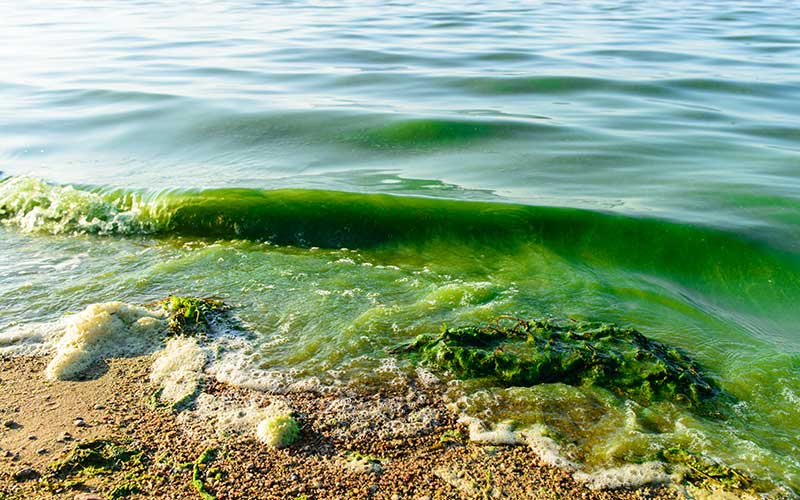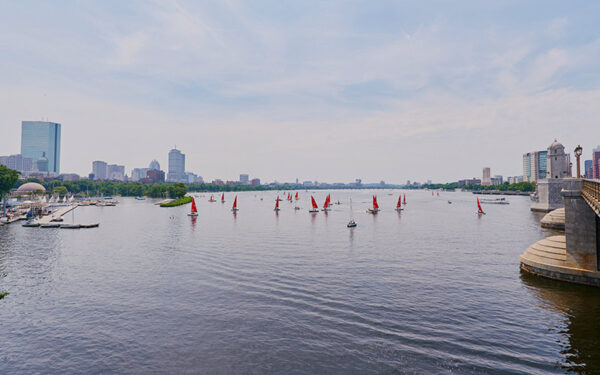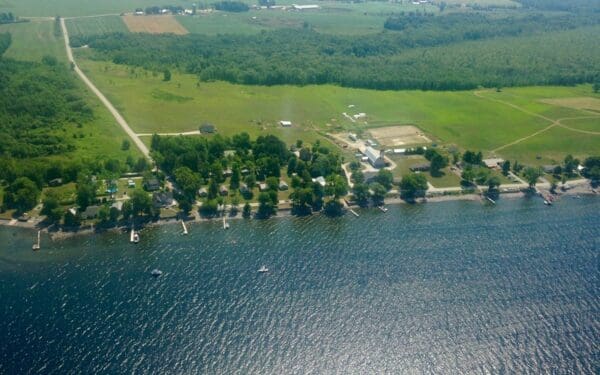
A new bill would help curb toxic blue-green algae blooms caused by phosphorus pollution. Photo: ©smspsy via Shutterstock
Vermont’s House Committee on Natural Resources, Fish and Wildlife is considering a bill to improve how the state manages its rainfall.
Pollution from stormwater runoff is one of the gravest threats to clean water in New England. When rain falls on pavement rather than soil, two things happen: first, it gains speed as it runs off, resulting in increased erosion and flood risks. Second, it collects pollutants (de-icing salts, oil, antifreeze, pathogens, metals, and nutrients such as nitrogen and phosphorus) and carries them into our waterways. Here in Vermont, to mitigate these harmful environmental impacts, the state’s Department of Environmental Conservation administers stormwater permits.
Currently, developers need to obtain a stormwater permit if they construct or redevelop an acre of impervious surface (like a paved parking lot). It’s easier to visualize if you think of an acre as a little less than a football field (without the end zones). So, a permit is required if someone wants to pave a football field – develop anything smaller and a stormwater permit isn’t needed.
The new bill being considered, H. 39, would lower this permitting threshold to a half acre. CLF strongly supports this change for a number of reasons:
- First, Vermont is legally required to reduce the amount of phosphorus pollution coming off of impervious surfaces.
- Second, about 90 percent of existing impervious surface in Vermont is not covered under a stormwater permit.
- Third, rainfall and storm surges are only going to exacerbate the phosphorus runoff problem in Vermont due to climate change.
We have an obligation to reduce our stormwater pollution, but especially our phosphorus pollution, which contributes to the toxic blue-green algae blooms we experience every summer.
Lowering the permit threshold, and thereby requiring more developers to implement stormwater treatment practices, is a necessary step toward cleaning up our waterways.



